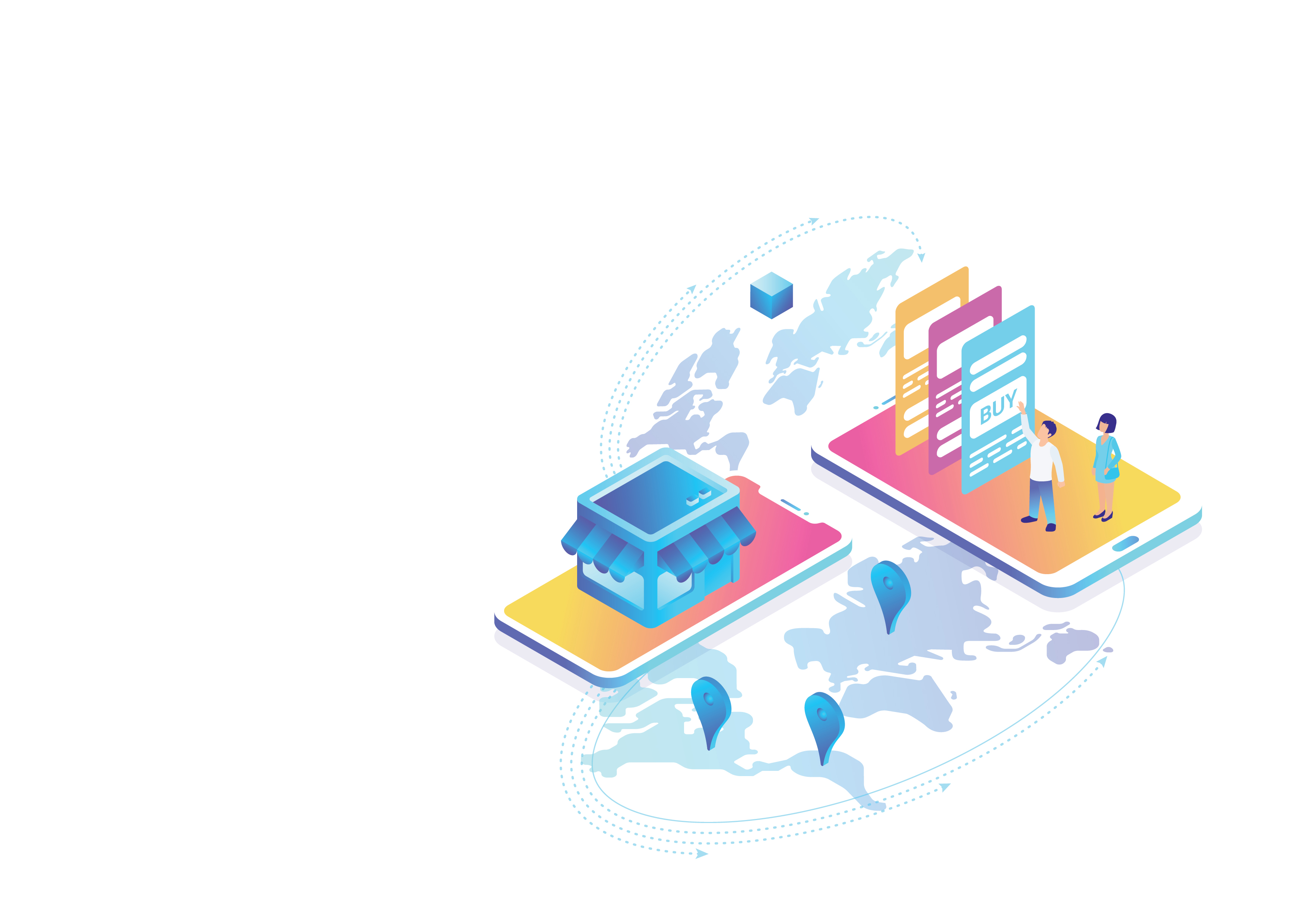Whether you’re selling enterprise software, virtual goods or subscription services, your growth strategy is most likely always on your mind. And with Forrester estimating that cross-border shopping will make up 20 percent of ecommerce in 2022, with sales reaching $627 billion—part of that growth plan should include expanding your global footprint.
With that kind market opportunity in front of you, how do you make sure your digital business is ready to take advantage of this next wave of global ecommerce growth?
Here are three tips to keep in mind when your digital business is ready for a global boost.
- Accept global payments with a localized experience. Considering how your customer wants to pay as well as how you’ll get paid should be top of mind for your business. The first step is to verify that your business can support local currencies. Beyond supporting local currencies, it’s important to consider local buyers’ preferred payment methods and make sure that you can automatically display localized pricing options for each customer.
- Establish global and local compliance. With hundreds of tax regulations in the US alone, it’s no surprise that new global markets come with their own unique set of rules and regulations. And don’t even get us started on GDPR! Luckily, you don’t have to be a tax expert to grow your business. Find an ecommerce partner that does the legwork, helping you stay compliant around the world and removing complexity from the transaction process.
- Create an optimized end-to-end experience. Whether you are a B2B or B2C business, today’s buyers have a seemingly endless amount of choice and experience matters more than ever before. It doesn’t matter if you’re selling to a consumer in India or a start-up in Latin America, a fast, modern checkout experience that works across devices and geographies, is critical to landing a sale.
These tips hold true regardless of how you’ve built your online store. However, the way you’ve built your store matters. For example, if you built your site on a CMS platform, like WordPress, it’s important that you consider the impact of new plugins and third-party piecemeal solutions have on your business. This ever-expanding list of plugins and third-party tools could be creating unnecessary complexity and slowing down growth.
To learn more about optimizing your WordPress powered store for global growth, check out our free guide, The Fundamentals of Scaling your Ecommerce Business.
![[Customer Story] Why TestDome Considers FastSpring a Real Partner](https://fastspring.com/wp-content/themes/fastspring-bamboo/images/promotional/2023/FastSpring-TestDome-blog-thumbnail.jpg)








